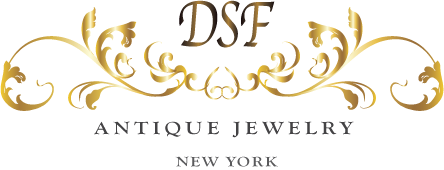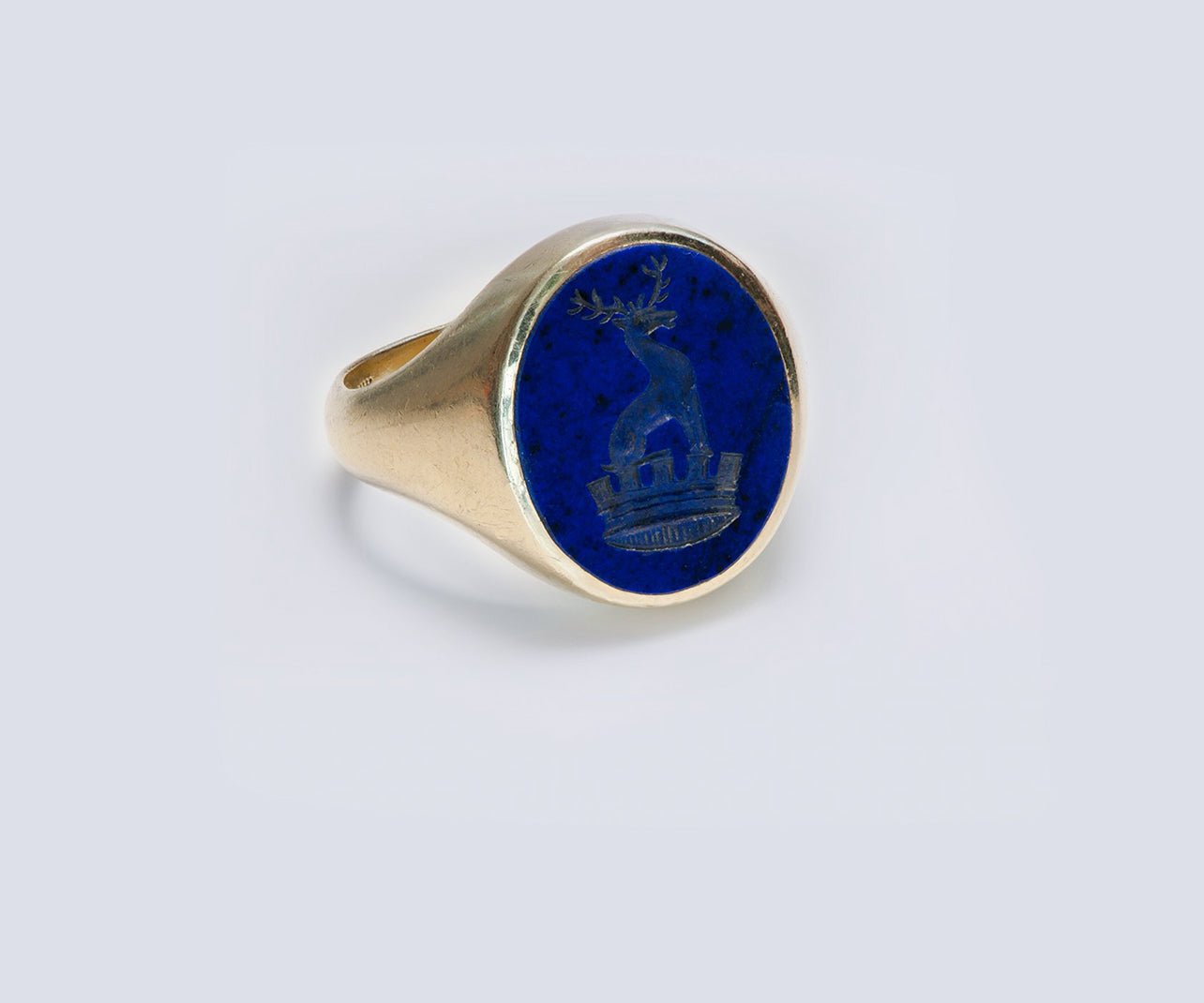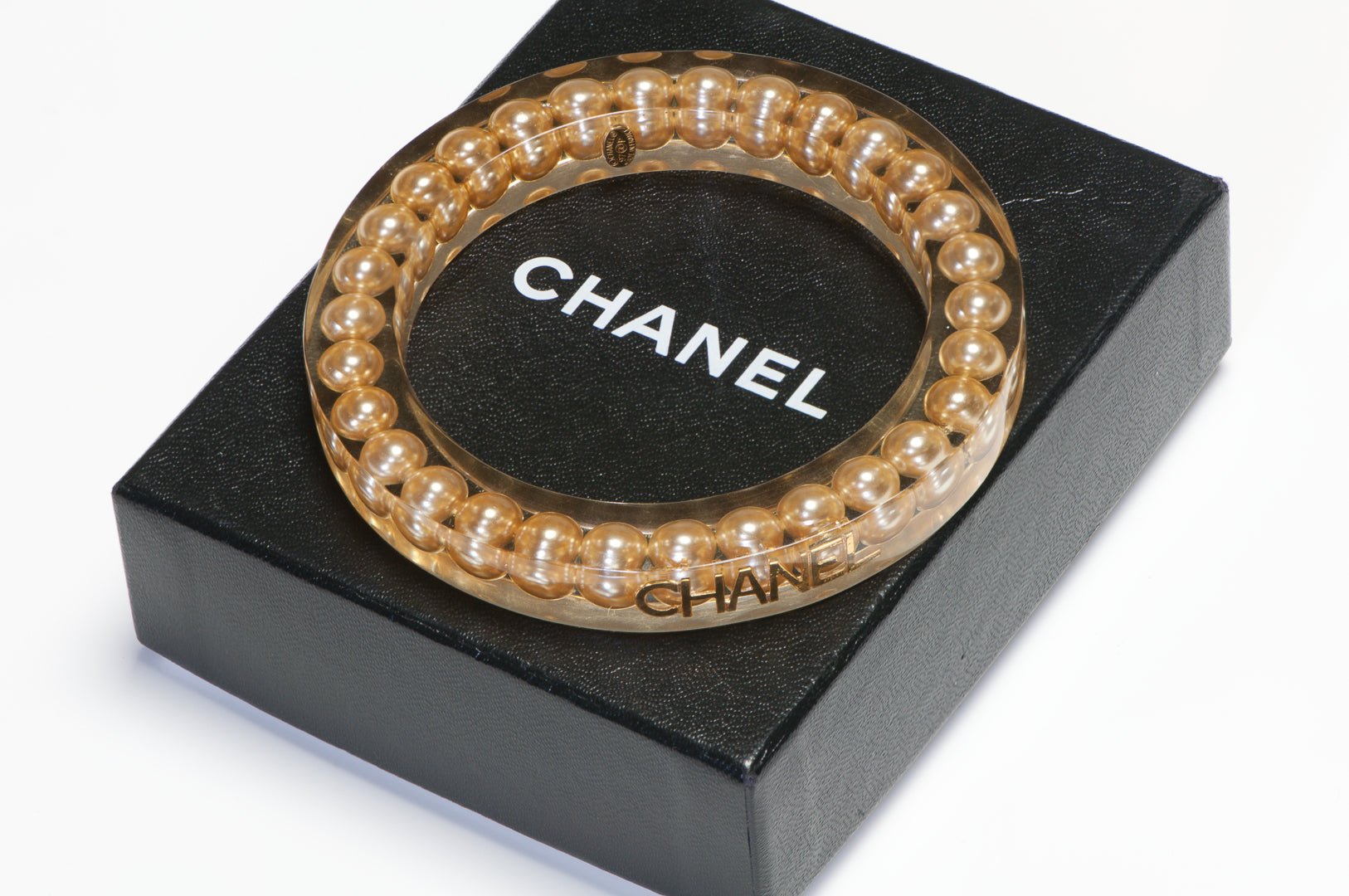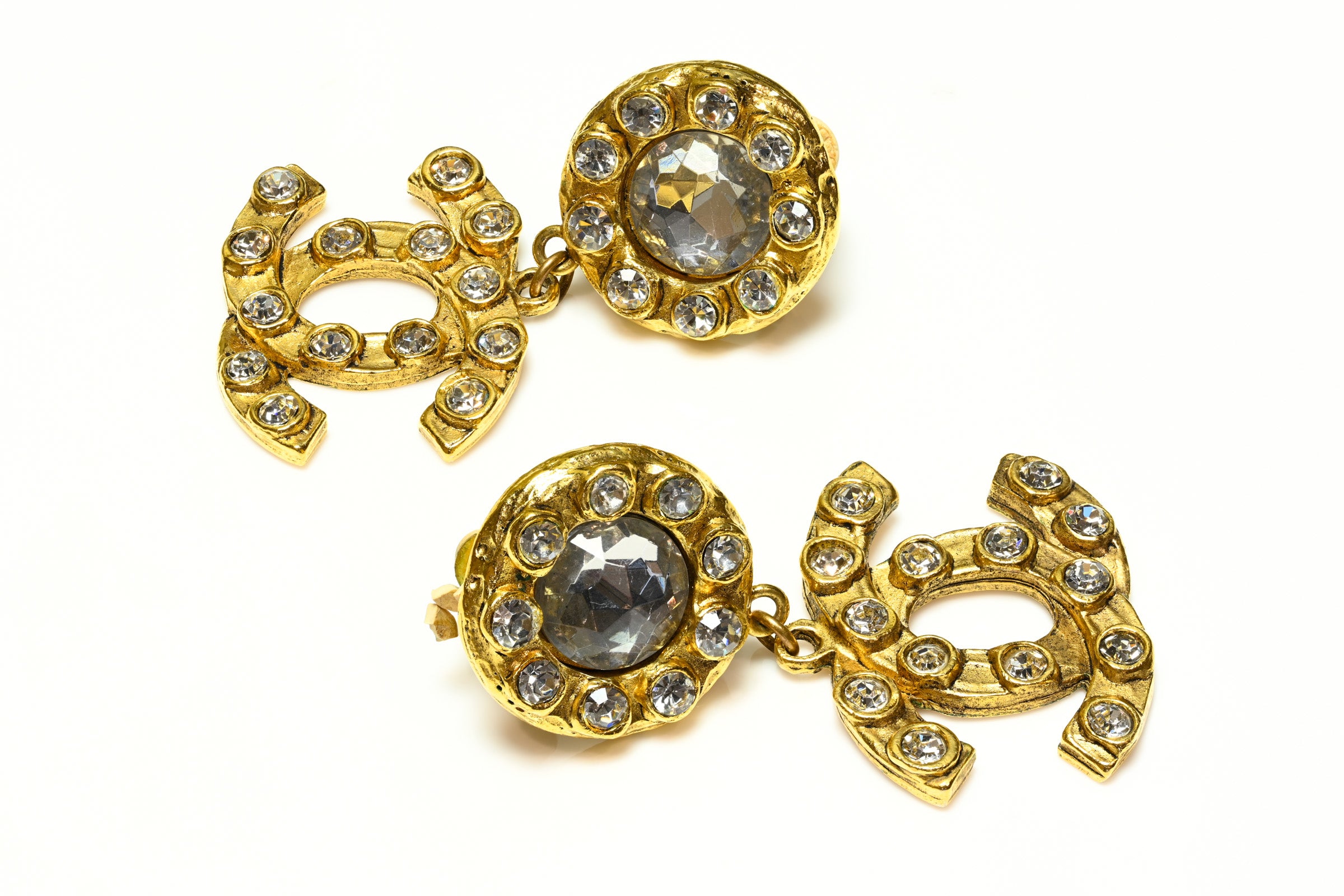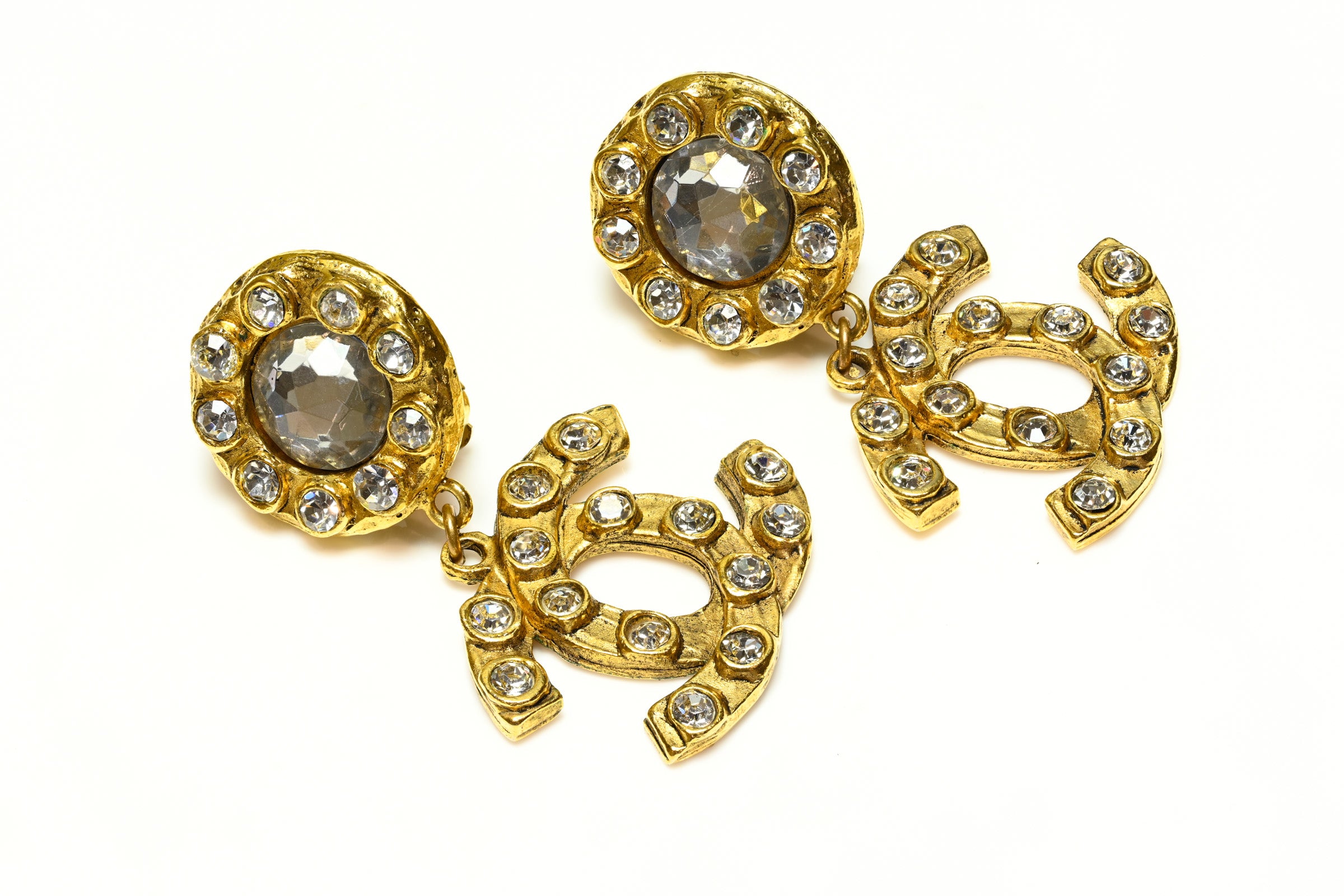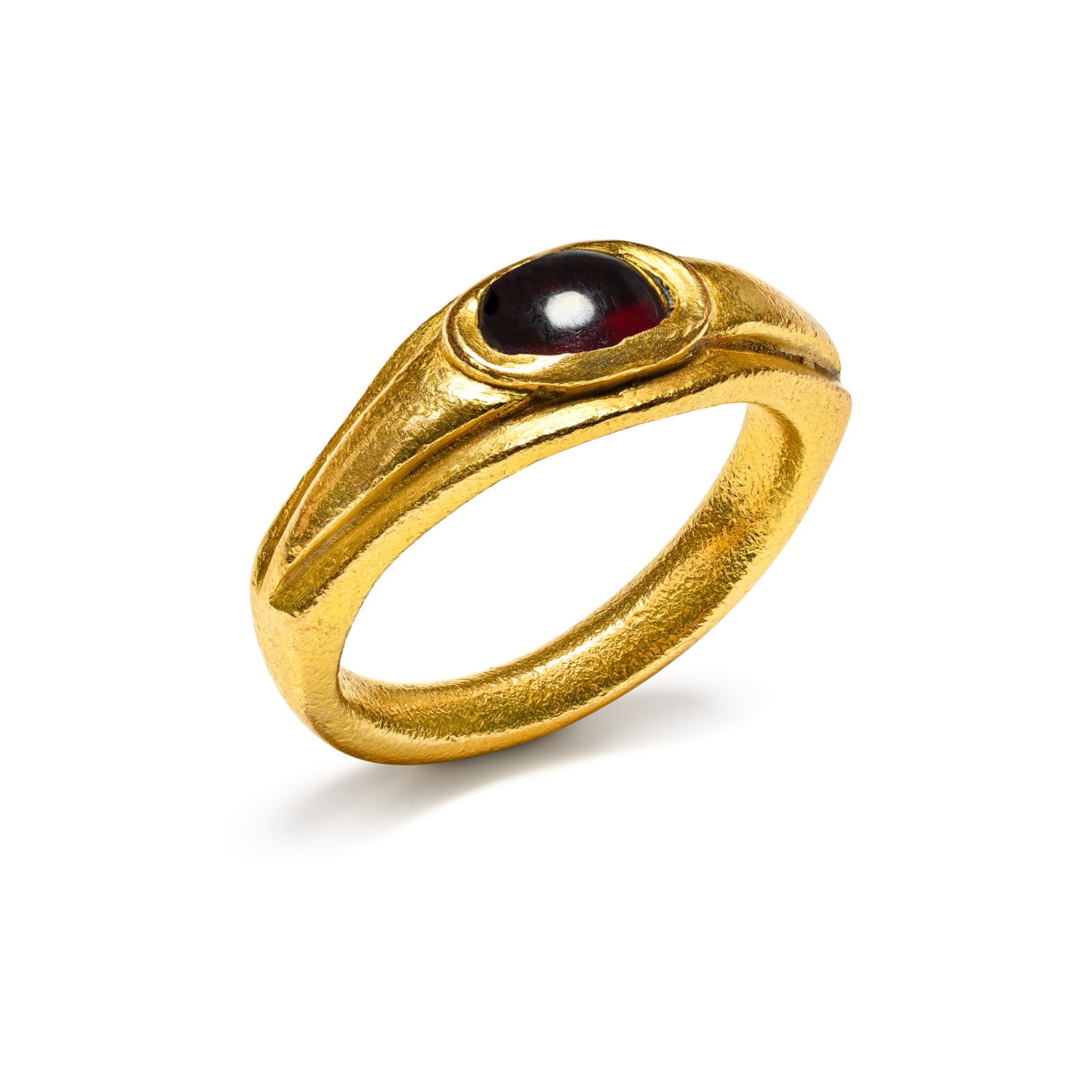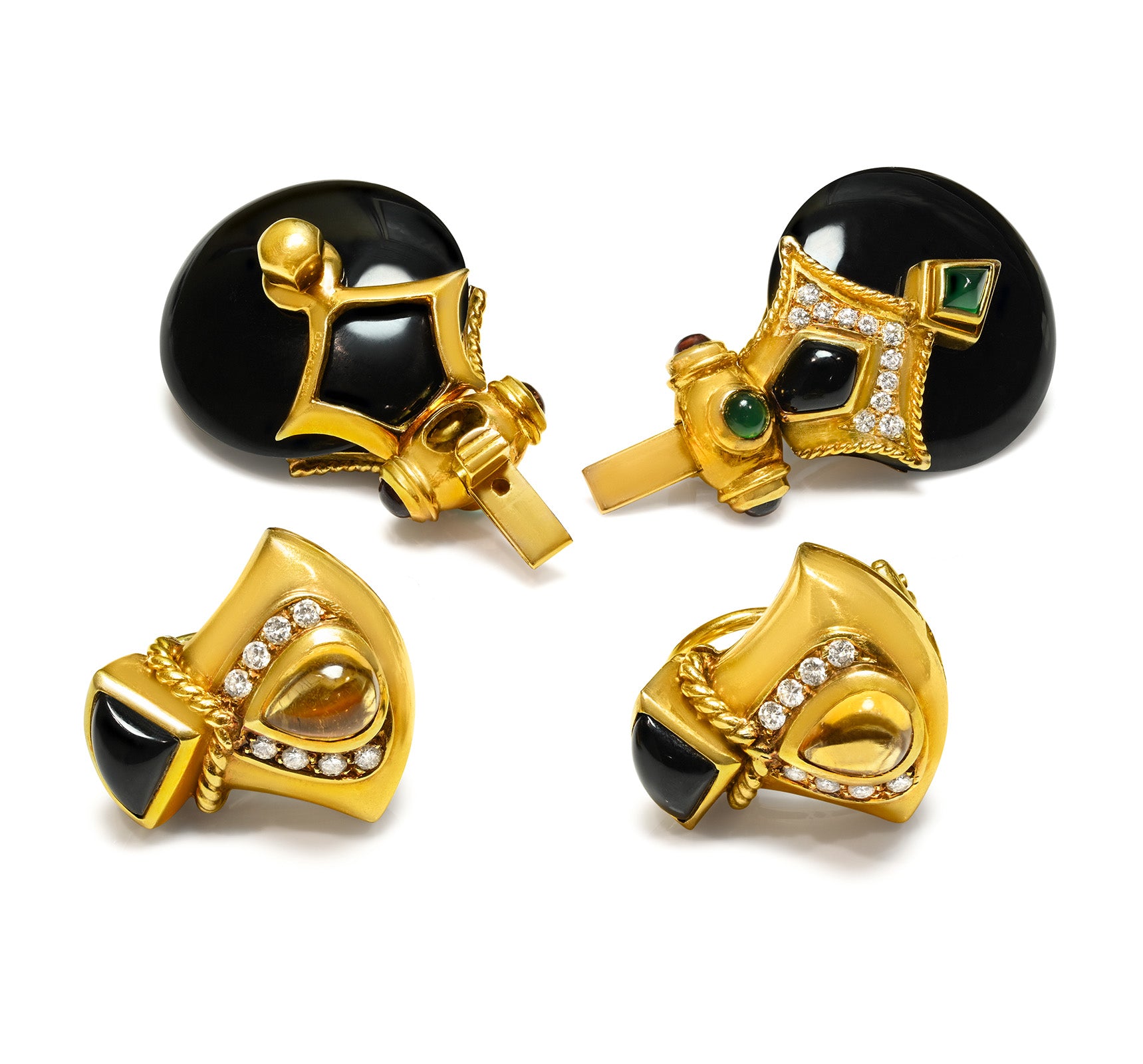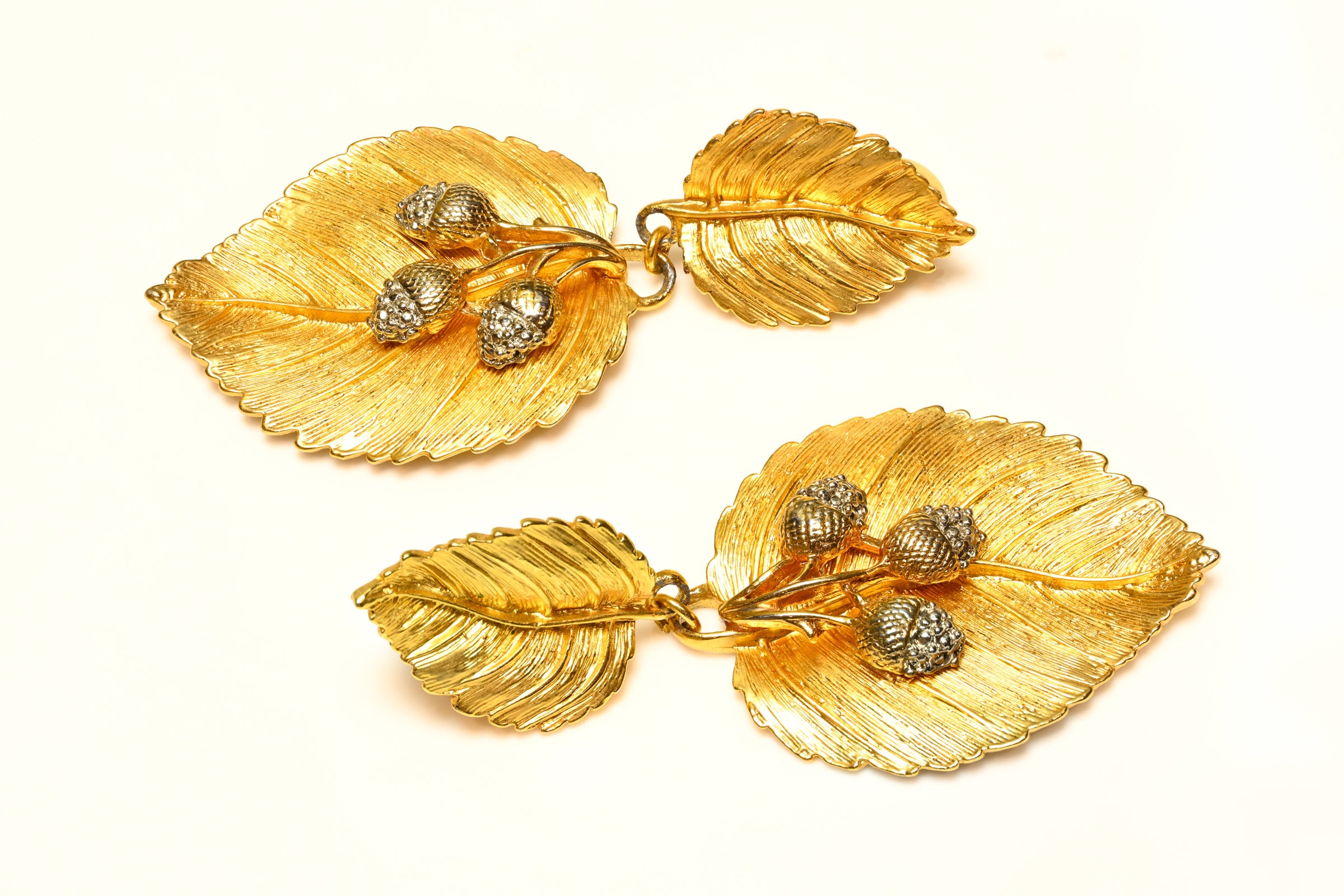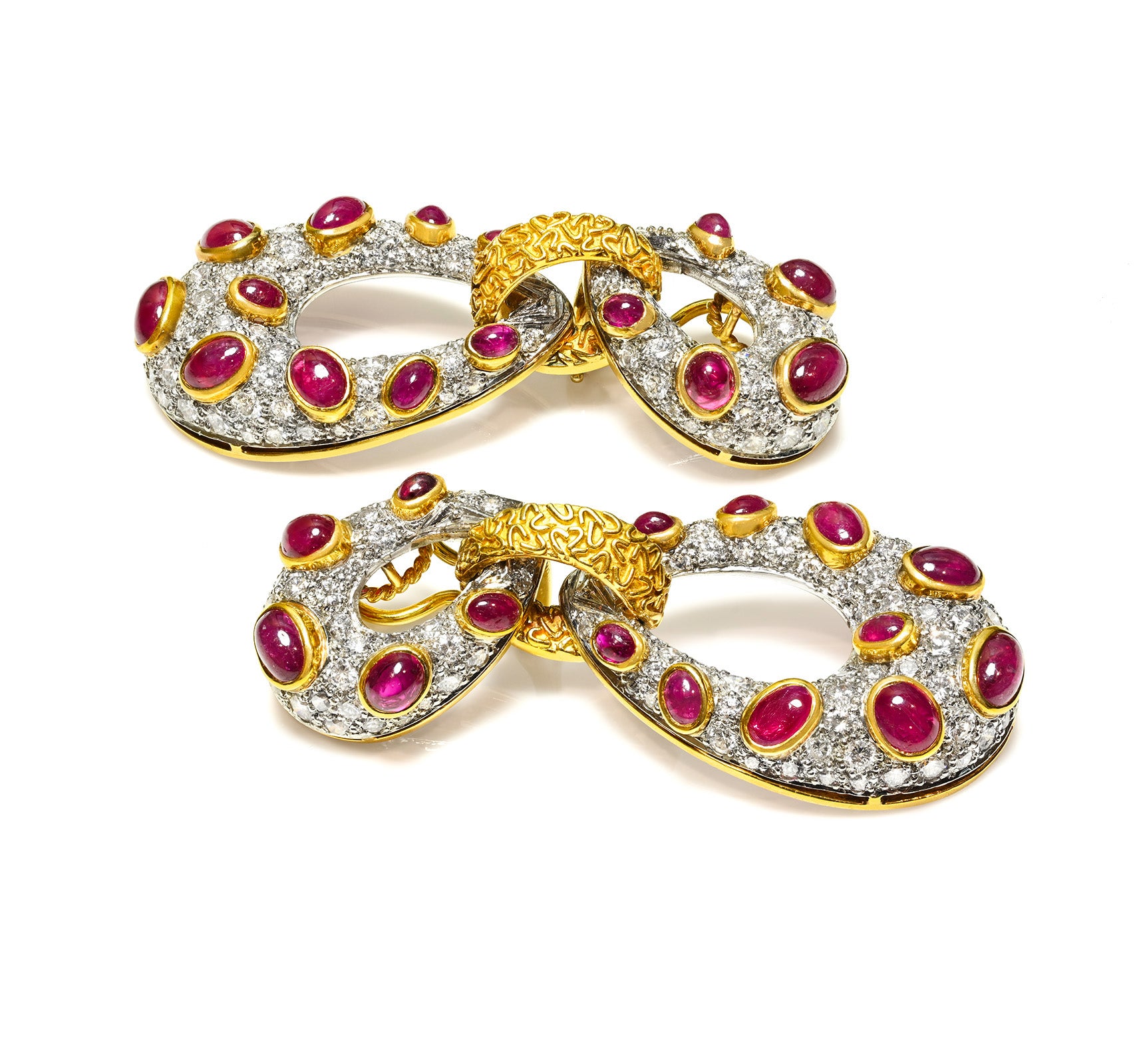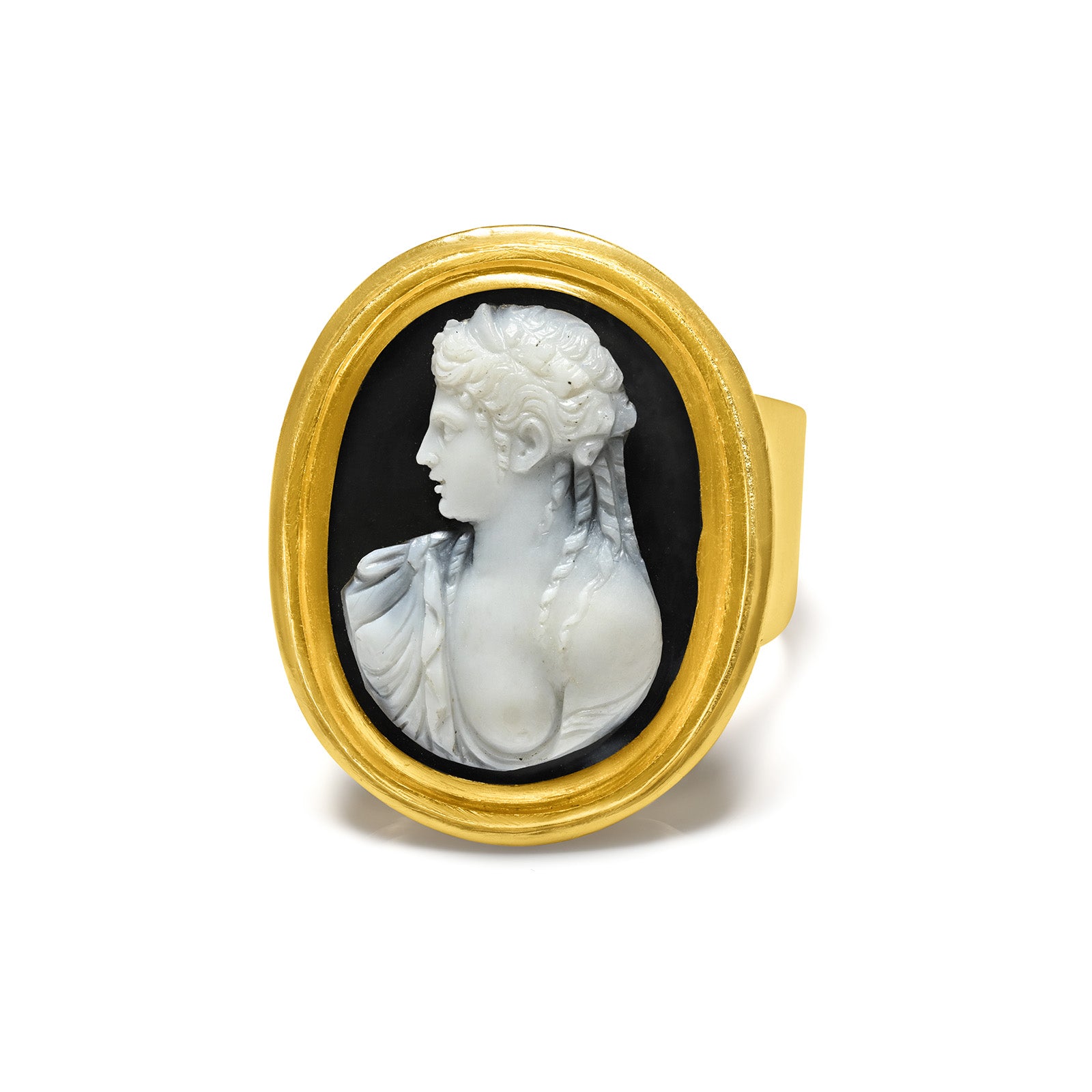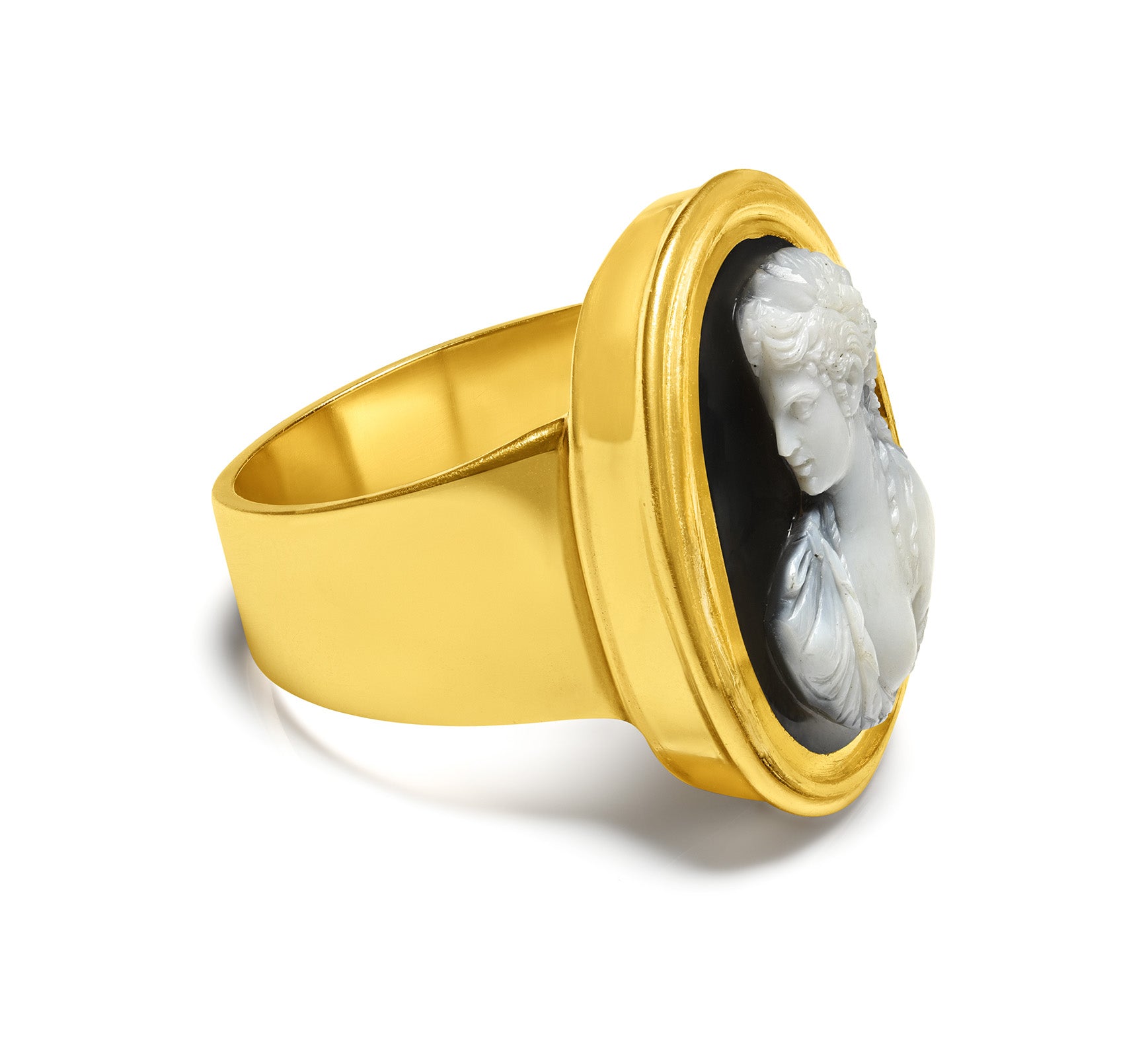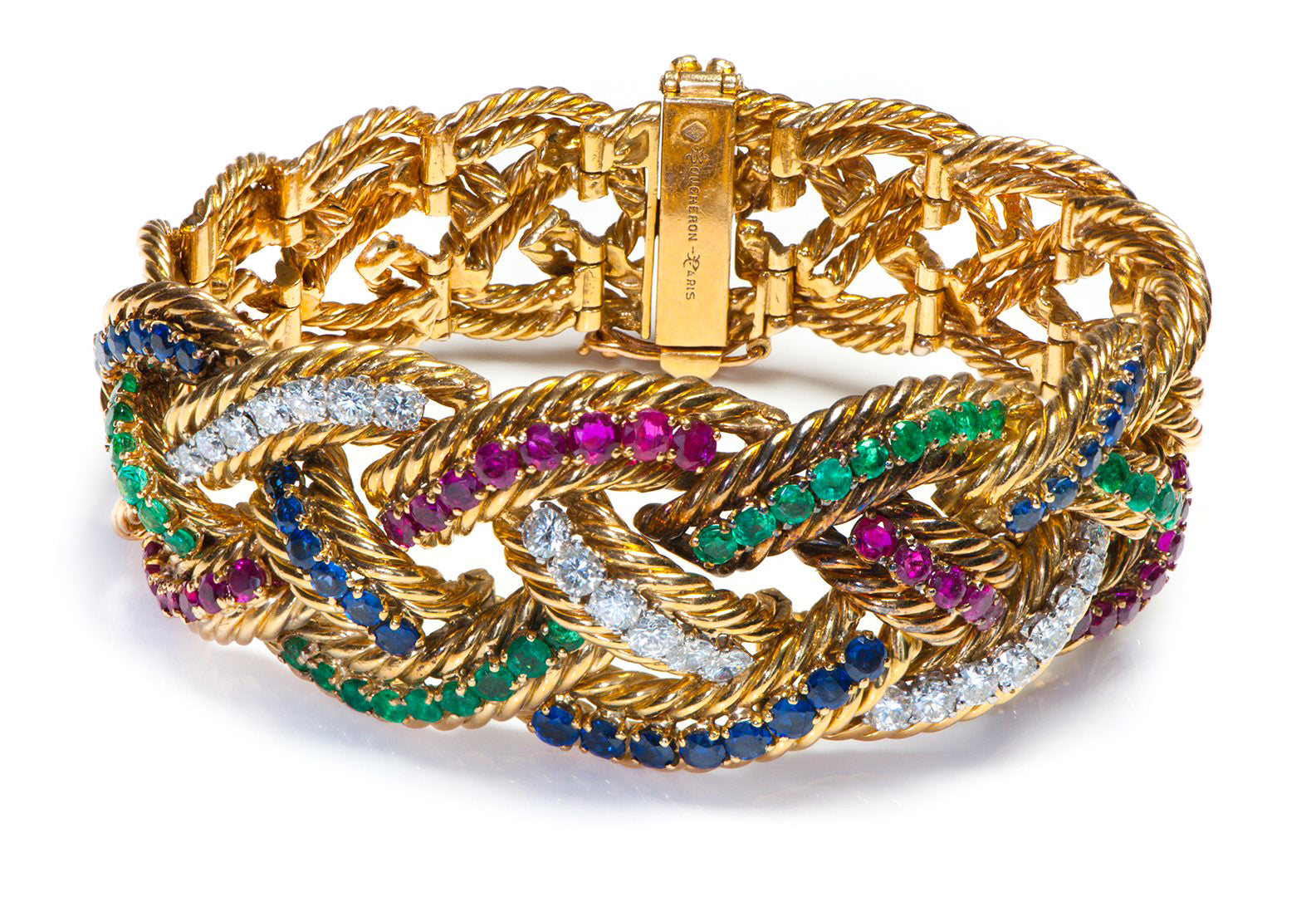
The House of Boucheron - Over 160 Years of Excellence in Jewelry Making
Frédéric Boucheron was the progenitor of the great dynasty of Boucheron jewelers. His name will forever be synonymous with high-class exceptional jewelry and watchmaking for over 160 years.
The brilliant young Frédéric Boucheron (1830-1902) opened his first shop in 1858 in Paris and, in just eight years, it became inadequate to accommodate its wealthy clientele.
In 1893 he settled in the very elegant location of Place Vendome, the first of all the great jewelers to take up residence in the Olympus of luxury. According to "Cultura del Gioiello", since in those discreet parlors, there was always a great coming and going of kings, tsars, grand duchesses, bankers, industrialists, famous artists, and splendid actresses from all over the world, he soon found himself obliged to open branches in Moscow and New York to satisfy the growing demands.
The building at number 26 of Place Vendome, still today the home of Boucheron, was previously owned by the Countess of Castiglione, the beautiful lady whom Cavour had pushed into the arms of Napoleon III to facilitate the complex diplomatic negotiations that took place at that time between Italy and France.
We must not forget that around 1850 the court jeweler Gabriel Lemonnier occupied number 25 on the same square. Gemstone Gold Bracelet by Boucheron Paris
Gemstone Gold Bracelet by Boucheron Paris
It is perhaps because of its octagonal cut like that of a large precious stone that Place Vendome has always welcomed the shops of the most distinguished exponents of international high jewelry such as Rene Lalique, Chaumet, Van Cleef & Arpels, Mauboussin, and many others: today no less than thirty-eight jewelers and watchmakers have their showcases here.
Boucheron Amidst "the Ever-Growing Desire for Luxury"
At the beginning of the nineteenth century, the Napoleonic whirlwind had also remixed and redefined the shapes of personal ornamentation through the shining neoclassical creations of the First Empire.
Later, during the hectic period from 1815 to 1851 - between the Waterloo disaster, the Vienna congress, economic hardship, the Bourbon restoration, the Second Republic, and the Second Empire - perhaps there was not much time left to think about jewels.
"The greater political stability following Napoleon III's accession to the French throne in 1851, had given rise to an ever-growing desire for luxury, allowing the development of a lively production in the field of goldsmithing and the birth of new prestigious Maisons", wrote Dora Liscia Bemporad, Cartier, in "The art of jewelry", edited by Marilena Mosco, Giunti, Florence.
During the sumptuous and festive reign of Napoleon III, therefore, and until the proclamation of the Third Republic in 1870 - thanks also to the opening of the Suez Canal and to the increasingly important archaeological findings that continued to be made in Pompeii and in the ancient cities of Etruria - the jewelry consisted mostly of a mixture of many styles borrowed from Egyptians, Greeks, Etruscans, Romans.
There was a sprinkle of wreaths, arrows, knots, and ribbons Louis XVI style, as Empress Eugenia preferred. This mixture, not always stylistically very happy, was nevertheless of great effect.
The Original Style of Frédéric Boucheron
Frédéric Boucheron - a skilled goldsmith, diamond cutter, and engraver always looking for new forms of expression - overcame all this by creating jewels with very original lines, also using unusual materials such as wood, ivory, steel, and rock crystal assembled together with precious stones.
The master jeweler studied Japanese art in depth, experimented and developed the stylistic features of Art Nouveau, which was still in its initial phase, but, in complete contrast with his goldsmith colleagues, he neglected the enamels in his pieces and preferred to use, instead, very important stones. Nevertheless, Boucheron had all the enameling works carried out by the specialist Riffault, while Eugene Fontenay was his supplier of finished pieces until 1881.
Nevertheless, Boucheron had all the enameling works carried out by the specialist Riffault, while Eugene Fontenay was his supplier of finished pieces until 1881.
Boucheron participated in all the International Exhibitions, attaining glory in that of 1900 which saw the consecration of Art Nouveau, but soon understood that the limits of this new style lay precisely in its excessive elaboration. Therefore, he explored the creation of jewelry pieces that are soberer although very elegant and precious.
The famous artisan claimed that the reputation of a great jeweler is based on the beauty of the precious stones he uses.
When Frédéric Boucheron died in 1902, his son Louis was ready to take up the role of running the company and, in the years that followed, he made his debut in Art Deco: a similar handover between father (George) and son (Jean) would be also happened in the Fouquet family, about the same period.
